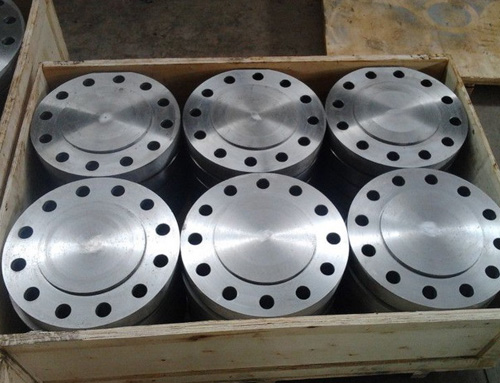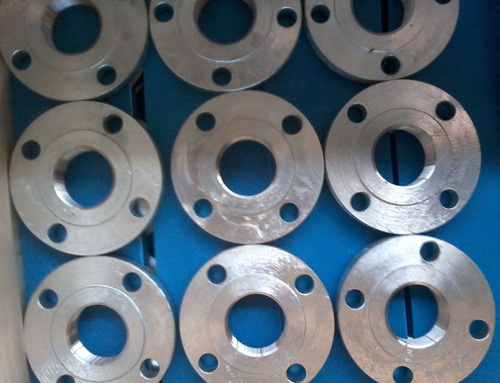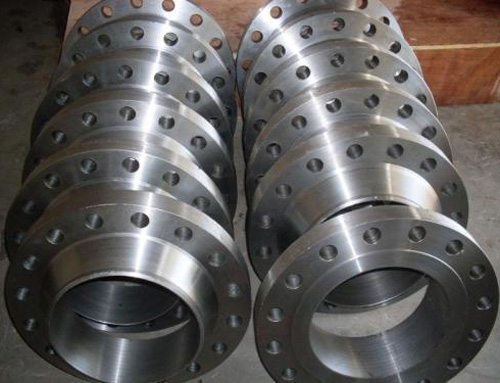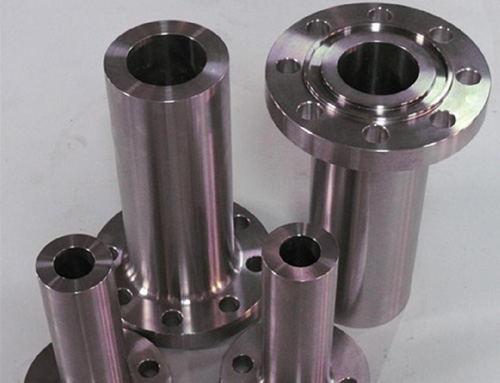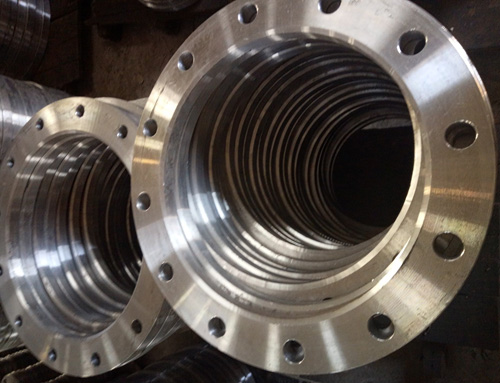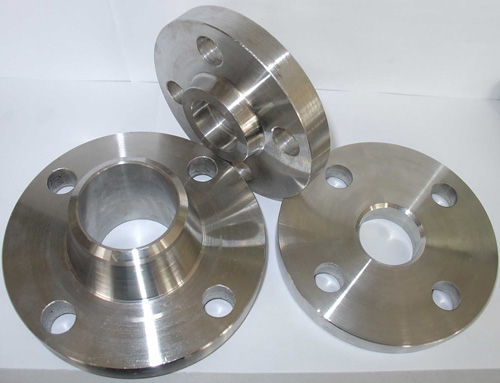Introduction to metal heat treatment
Heat-treatment
Heat treatment is thermal cycling involving one or more reheating and cooling after forging the purpose of obtaining desired microstructure and mechanical properties in a forging.
Few forgings of the types are produced without some form of heat treatment.Untreated forgings are usually relatively low carbon steel parts for noncritical applications or are parts intended for further hot mechanical work and subsequent heat treatment.The chemical compositions of the steel, the size and shape of the product,and the properties desired are important factors in determining which of the following production cycles to use.
The object of heat treating metals is to impart certain desired physical properties to the metal or to eliminate undesirable structural conditions which may occur in the processing or fabrication of the material. In the application of any heat treatment it is desirable that the “previous history” or structural condition of the material be known so that a method of treatment can be prescribed to produce the desired result. In the absence of information as to the previous processing, a microscopic study of the structure is desirable to determine the correct procedure to be followed.
The commercial heat treatments in common use are spheroidizing, normalizing, annealing, hardening,and tempering. They involve the heating of the material to certain predetermined temperatures,” soaking” or holding at the temperature, and cooling at a prescribed rate in air, liquids, or retarding media.The above treatment may be briefly defined as follows:
Spheroidizing----prolonged heating of iron-based alloys at a temperature slightly below the critical temperature range followed by relatively slow cooling,usually in air. Small objects of high carbon steel are more rapidly spheroidized by prolonged heating to temperatures alternately within and slightly below the critical temperature range.The purpose of this heat treatment is to produce a globular condition of the carbide.
Normalizing-----heating iron-base alloys to temperatures approximately 50℃above the critical temperature range followed by cooling in air to below the range.The purpose is to put metal structure in a normal condition by removing all internal strains and stresses given to the metal during some processing operation.
Annealing is a comprehensive term applied to heat treatments which may be used to remove stresses;induce softness;alter ductility, toughness, electrical, magnetic,or other physical properties,refine the crystalline structure; remove gases;or produce a microstructure. The temperature of the treatment and the rate of cooling depend upon the object of the treatment and the composition of the material being heat treated.
Hardening is the heating and quenching of certain iron-base alloys from a temperature either within or above the critical temperature range. The temperature of the heating and the length of time at this temperature, or “soaking period”, depend upon the composition of the material.The quenching media used may depend upon the composition, hardness desired,and the complexity of the design.
Tempering is the reheating after hardening of iron-base alloys to some temperature below the critical temperature range, followed by any desired rate of cooling. The purpose of tempering is the removal of strains, and the reduction of hardness and brittleness.



